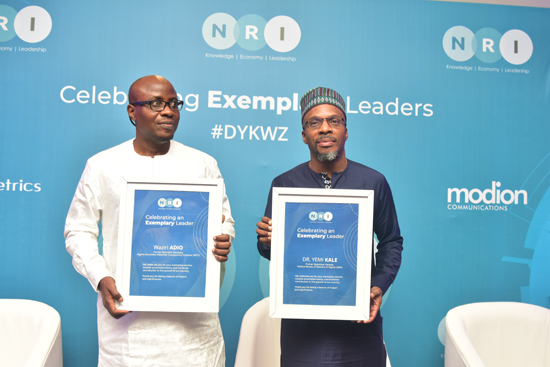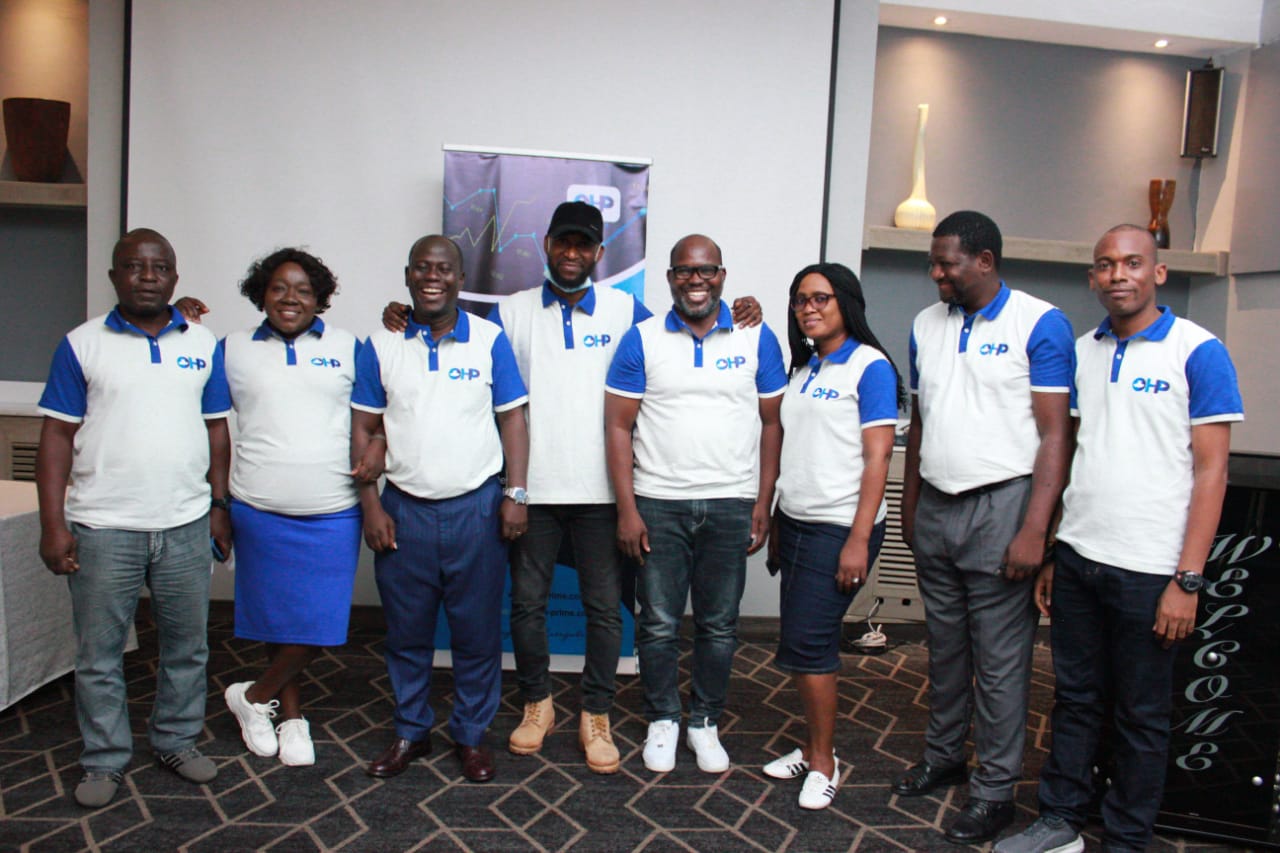Ever wondered why WhatsApp easily sold for nineteen billion dollars ($19Bn), Nigeria’s Flutterwave in talks to triple her valuation to three billion dollars ($3 Bn – October, 2021), Facebook is valued at one trillion dollars ($1 Tn) and why it lost six billion dollars ($6 Bn) in only a few hours of downtime? What then is value?
Trainings in Lean Six Sigma helps to see value as something for which customers are willing to pay, that has a change of state and is done right the first time (because no one willingly pays for a mistake). What exactly is value and how come so many Tech businesses are able to create enormous amounts of same in very little time? Imagine what could have happened in a space of four (4) years to bring a Paystack that started in January 2016 to $200m (in 2020) and Binance, which started in 2017 to over $200Bn valuation (in 2021)?
Recall that in one of my previous articles, I did talk about the Metcalfe’s law (2^(n-1) – power of a connected network). That law combined with the fusion that technology makes possible when customers are hooked, causes astronomical waves of value to investors and other stakeholders. The pursuit of seamless connectivity and a dedication to quality service delivery changes the dynamics every single time.
What if you could power your business with technology, or help people connect with something they loved very easily through their mobile phones? Imagine how an Uber connects people to quality transportation, yet owns no vehicles, while AirBnB provides hospitality without a single hotel in its acquisition. The possibilities are literally endless and with just a few pages of App and good customer management, your enterprise can be on her way to creating the next billion dollar corporation. Be sure of course that there will be challenges in that stride.
Advertisement
For short, humans are very invaluable and when they are offered service in a well connected network, stakeholders will be massively rewarded if the leadership knew what to do differently.
Let’s consider together a case in the Baking industry, where some of the primary products are bread and cake. You started a BreadOn App that helps people connect with their desire for great tasting, freshly baked bread. Let’s further imagine that you decided to tow the path of Uber and AirBnB, which work as digital aggregator app platforms. You did a reverse engineering by onboarding bakeries and customers at different parts of your app to offer myriads of bread options, while also connecting bikes to drive delivery to different people first, across Lagos, then, with time, across Africa. You focused on providing top-of-the-mind visibility and one-of-a-kind service quality which you engaged technology to drive. You took some lessons in valuation and used social media to connect with potential investors. What do you think the value of such a thought pattern can make possible for your business and the investors you pitch in a space of one or two years? Good thinking, they say is good product according to a favorite Japanese quote. You may want to engage with a Tech Consultant on that or similar venture today and watch same deliver astronomical value with just a few tweaks and connects.
For existing businesses, you may want to create more value in your venture by improving one or more of the three valuation elements, that is, reducing risks, increasing growth, and making the cashflow better. Imagine how risk reduction works for Uber that people have used same to pickup valuable documents and items at very odd times of the day. New drivers onboard the platform almost everyday as new vehicle partners are signed up through the technology platform seamlessly with almost no human involvement. What if you decided to get this done? How much money do you think will be dancing around your company, because almost everyone wants a portion of what can drastically multiply their wealth? All of these become more apparent when you have measures and indicators in place to let you know in clear terms what the numbers are telling you. Yes, analytics helps you know this.
Advertisement
However, the afore-mentioned numbers (that is, new customers, cashflow, and customer preferences, among others) are describing the experiences that customers are having with a fundamental factor, your brand experience. In simple terms, people consume brands. So, what exactly is a brand? A brand can simply be defined as anything that can be consumedwillingly because it addresses a particular need that customers have, based on requirements found agreeable. The need in question could be emotional (gives a special feeling) or functional (speed and accuracy of delivery). Most of the time, we choose a particular brand due to a mix of functional and emotional benefit. One may also decide to say that it appeals to the mind (function) and heart (emotion).A Tech-connect can help you structure and process this in predictable, repeatable and continuously improvable ways.
Having deliberated much on what you and I can do, where does government come into this equation? There are various tools to support SMEs, ranging from facilities to direct subsidies to cushion up the startup process for businesses. The government can setup Tech promotion centers that allow access to stable electricity, internet connectivity and smart devices, where young people can walk in to learn, grow and earn as they connect with immense resources realtime. This can be created through Public Private Partnership (PPP) arrangements that can be crowdfunded for a sense of communal ownership. The government can also facilitate trade. Order, they say, brings progress. Imagine what an announcement on National Television did for Flutterwave just prior to their raising $170m in 2021! Yes, amazing things happen when governments and businesses are in alignment towards the common purpose of a richer society. Our government can also facilitate Foreign Direct Investment with their weight behind proven organizations developed through these platforms. A thriving SME community definitely drastically lowers unemployment numbers, increases our overall GDP as a country, because consumption expenditures by households and nonprofit organizationsis increased; and more investment money become available to build stronger businesses. The ripple effect of this kind of thinking grew countries like America and China to global dominance.
Does your Tech solution or platform make customers happy and satisfied with each repeat experience? Do you measure this reality every single time? Does your team take out time to do some data analysis and analytics for better forecasting? The full cycle is a seamless blend of government and the private sectors making the growth and economic development happen in sustainable ways.
In conclusion, one could argue thatwhen Bill Gates and Prince Al Waleedbought Four Seasons Hotels Inc. for $3.8 billion, they paid that amount purely for the brand (satisfied customer experience). This therefore means thatbrands make available tremendous value for individuals, organizations and governments. So, we can say that a product, service, platform or solution becomes as valuable as the thinking pattern that births it. How could these thought-trail drastically jolt your thinking into what creates such massive value? I am signing out for now, yours in tech, Olufemi Ariyo.
Advertisement
Add a comment





